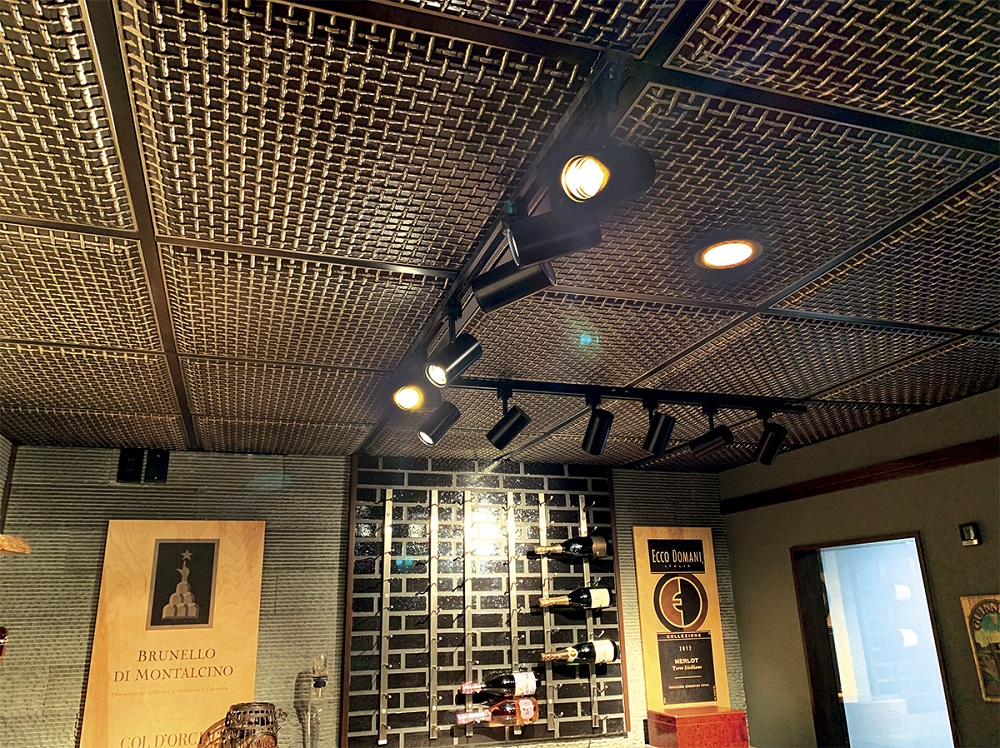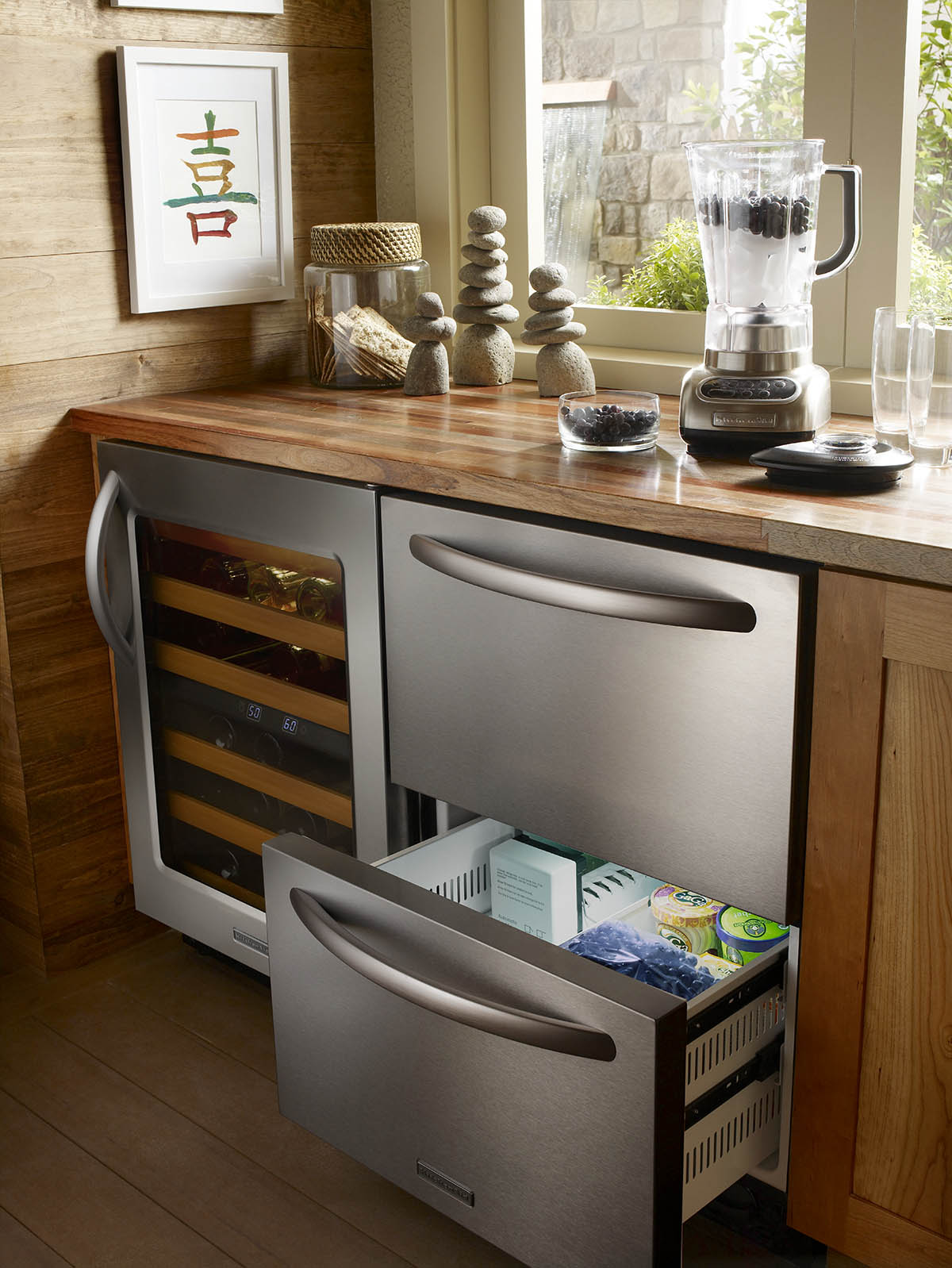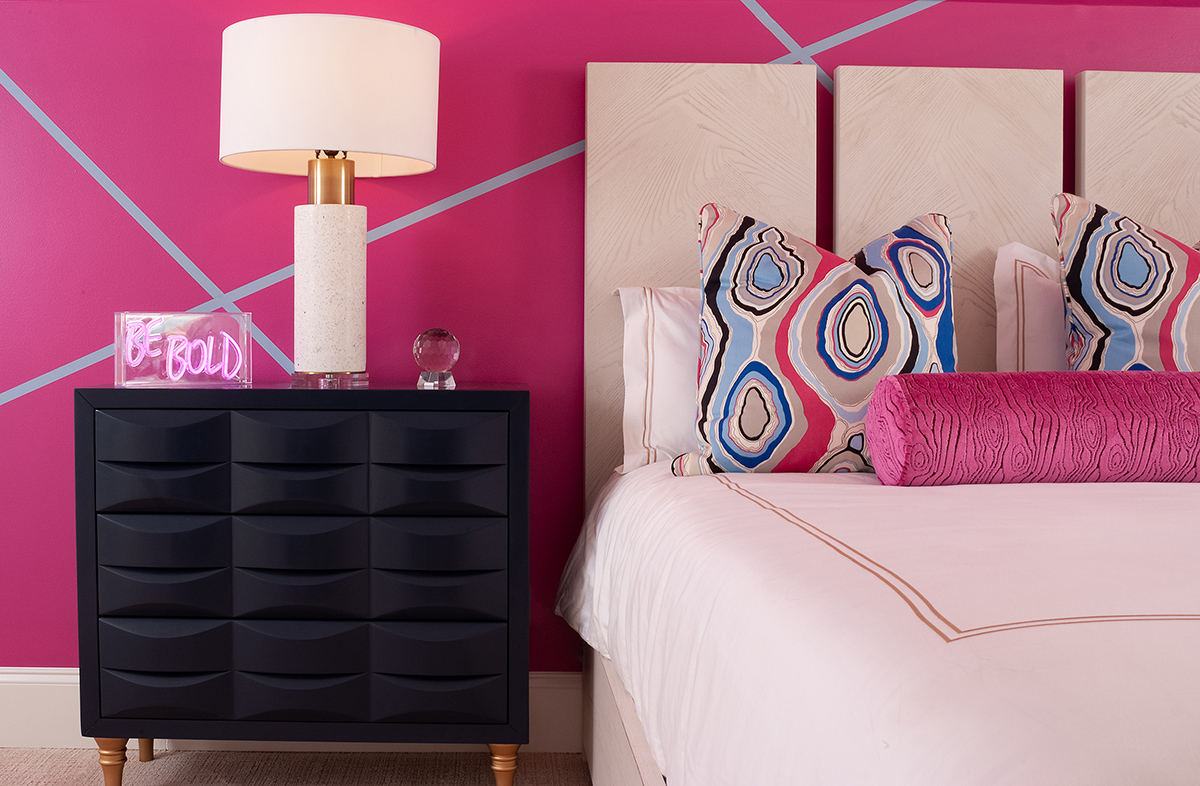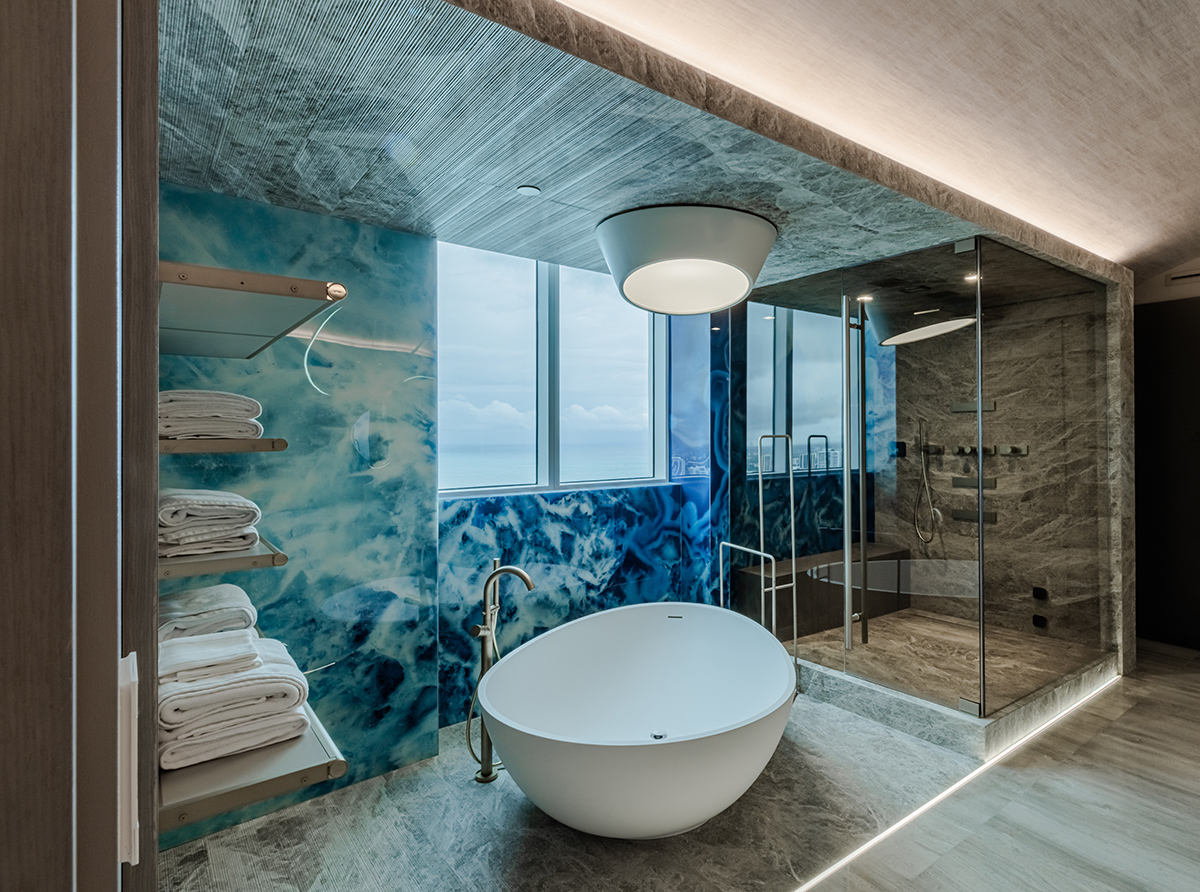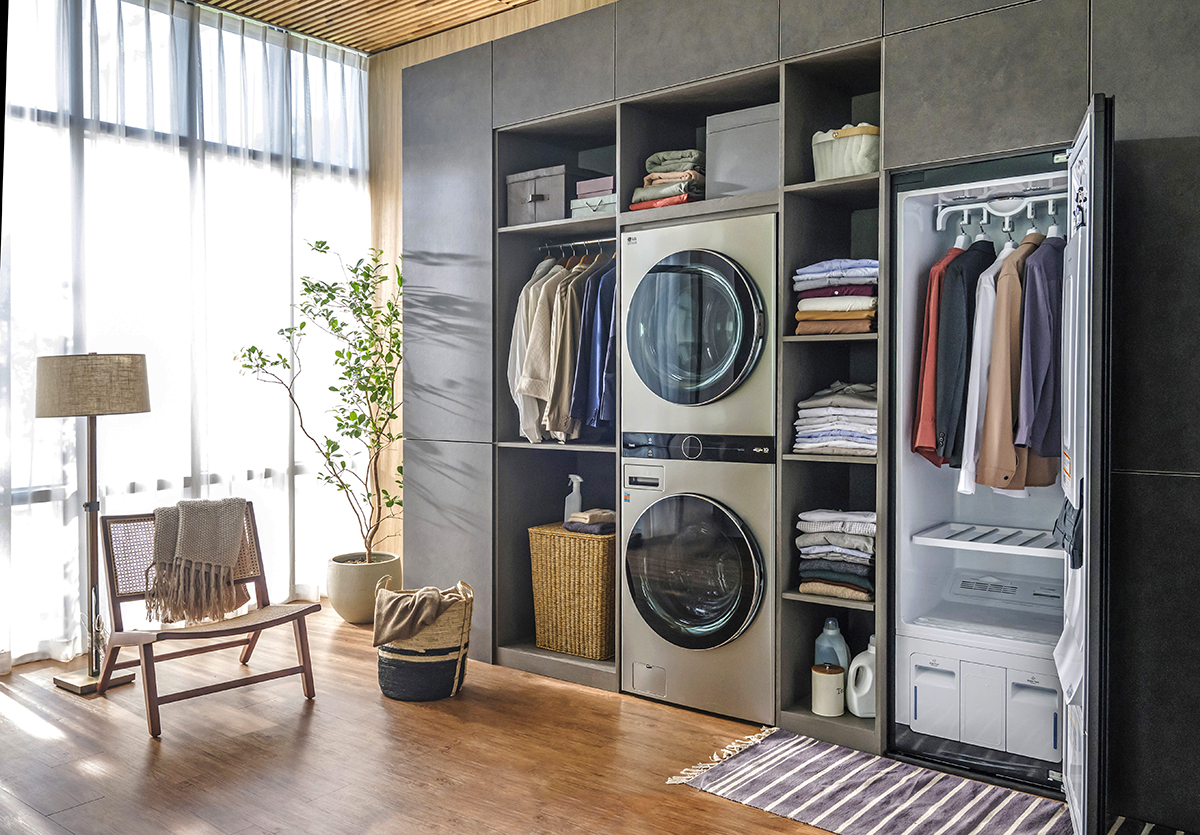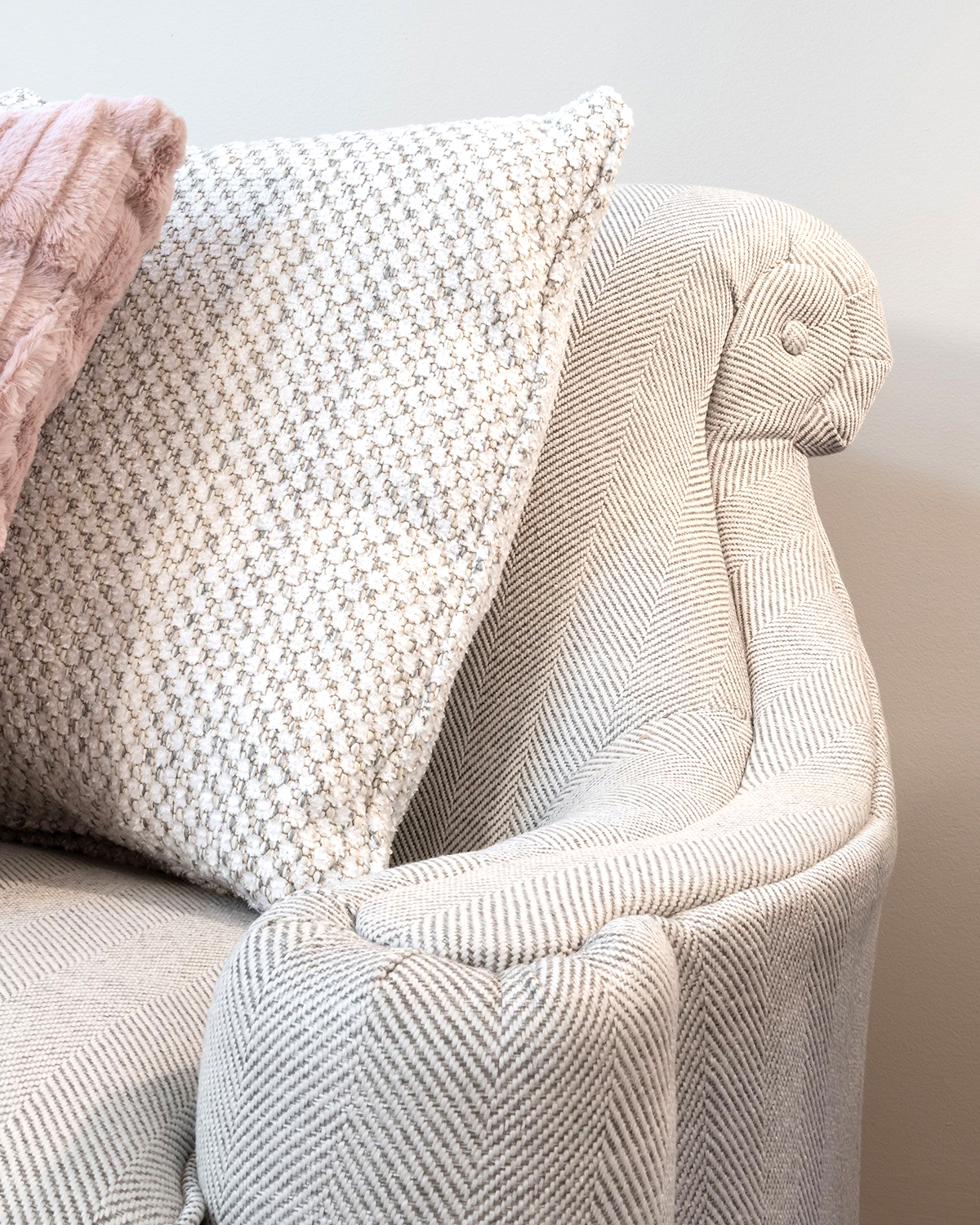WRITER | JEANINE MATLOW
PHOTO | DECORATIVE CEILING TILES
Not only do lower levels have a lot to offer in the form of square footage and open floor plans, but these personal retreats have also become more coveted than ever during the pandemic. The only downfall can be those acoustic drop ceiling tiles often found in your average basement. Now you can update those eyesores with aesthetically pleasing styles that take your recreation space from bland to grand.
“Basements have drop ceilings for a reason,” says Milan Jara, co-founder of Decorative Ceiling Tiles, which ships attractive alternatives around the world. Though access to pipes and wires may be required, he says standard acoustic tiles can absorb moisture and start to sag over time. The solution, he says, is a drop ceiling that doesn’t look like one.
Today, there are various materials and sizes and hundreds of colors and styles that let your fifth wall make a statement or blend with the rest of the room. There is something for everyone, from high-gloss white to an antique copper finish and trendy corrugated metal tiles. “They can be rescued from old buildings or made from PVC, which is more cost-effective,” Jara says.
Since finished basements tend to be reserved for game rooms and other recreational pursuits, homeowners spend a lot of time and effort getting the setup just right. Still, Jara says, the ceiling is often overlooked. “With a lowered basement ceiling, most people just put in acoustic tiles,” he says. “The ceiling is the largest area of any room that doesn’t get covered in anything. Adding a decorative element changes the whole room.”
Decorative tiles might be made from aluminum, copper, tin, or Styrofoam. They can also be made to look like a certain material. For instance, a real or faux tin ceiling offers a modern shine, while a basement bar area inspired by an Irish pub might benefit from the patina on antique copper tiles for the ultimate man cave.
While real metal is harder to cut and might require a professional installer, many faux selections can be cut with scissors. “It’s the easiest thing to do to cover up the acoustic tiles and give your ceiling a facelift,” says Jara. For a more cohesive look, grid covers can hide the gridlines.
Lower costs can make decorative ceiling tiles more appealing as well. Standard PVC styles can start around $3 per square foot, with white economy tiles starting at a lower price point. “You can paint them yourself for a nicer look,” he says.
Choose from drop-in or glue-on styles that attach to an existing surface and give your basement an instant boost. Crown molding made from foam can be added for a traditional look. For a more casual feel, there are Styrofoam tiles that look like beadboard. “They’re the easiest ones to do, and you can glue them to pretty much anything,” says Jara.
With so many selections, the right look is easy to achieve. For instance, faux wood tiles made from PVC come in 30 colors. They are lightweight, water-resistant, and fire-rated. “You can arrange them in different directions or have a skilled artist customize them,” he says. “The options are endless.”


